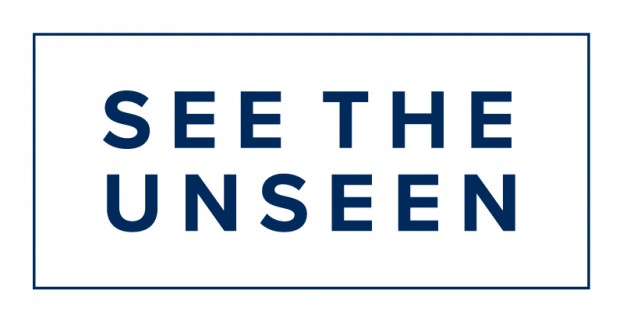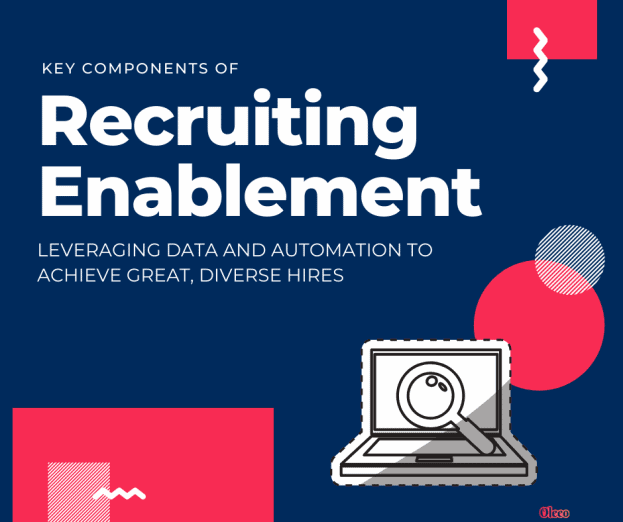UK Businesses Battling The Unseen Costs of Recruiting

94% report a problem with candidates pulling out after accepting an offer
Businesses employing up to 250 people are losing 14% of their staff each year, only to see 39% of their new employees leave within six months, according to new research by Oleeo, the leading global provider of innovative talent acquisition technology. This amounts to small to medium enterprises wasting an average of £125,347 a year on failed recruitment. The ‘See the Unseen’ research report examines the myriad of challenges HR teams are battling with in a bid to find people who are right for both their roles and organisations. These result in considerable, and often unseen, costs that need to be understood and addressed.
Charles Hipps, CEO and Founder at Oleeo, comments: “People often think of recruitment as a cost centre. They typically focus on the things they can see, such as agency charges or the cost of running the internal team. Far less attention is paid to hidden factors, such as staff churn, time taken for new recruits to start performing or an organisation’s effectiveness at attracting talent that both stays and performs. Yet these unseen costs have a fundamental impact on a business’ bottom line, its performance and the workload facing its HR team.”
According to Oleeo’s research, composed from viewpoints of over 100 leading HR heads, finding the right talent is a major concern for UK businesses, with two fifths in a constant battle with people leaving. Almost half (47%) of those questioned expect to lose over a tenth of their workforce in any given year. When this is combined with 14% of HR heads expecting new hires to leave within just 30 days, and 39% estimating it will be within the first six months, the scale of the problem is clear to see. Indeed, 31% expect a ‘long-term’ employee to remain in their role for just 18 months or less, which means excessive amounts of time and money are being spent on recruitment which is failing in the long-term.
Oleeo’s research suggests the recruitment process itself brings with it a plethora of problems. There are now 91 touch points in the average recruitment process making it unbelievably complex, yet HR teams are increasingly being judged on their speed to hire.
On top of this, 72% feel that competition for top talent is greater, or at least the same, as it was three years ago, whilst 94% have a problem with reneging – where people pull out of the process after accepting an offer. In terms of reneging, more than three quarters feel it is as bad, if not worse, when compared to five years ago. The report also suggests that recruiters are struggling to find the talent to fill certain roles, with managerial, STEM and IT positions being the most difficult to recruit for. This means that the hiring process can be long, drawn out and resource-sapping.
Adding another layer of complexity to the situation is the diversity conundrum, which is still an issue for one in five, with 48% actively looking to improve the ethnic diversity of their employees. More than a third are striving to increase gender diversity, with 33% wanting a more diverse workforce in terms of their employees’ education and background.
Even when a candidate is found and becomes an employee, there is a considerable delay until they deliver, and according to Oleeo’s report many never do. 71% of HR professionals say it takes a new starter three months or more to be fully up to speed and producing the same level of work as the person they are replacing, with 14% saying it takes between nine months to a year. Interestingly, almost half believe new employees live up to expectations less than 20% of the time. Having staff underperforming for such a significant period of time inevitably impacts colleagues, and the company’s bottom line.
All these factors put a significant, often hidden, cost burden on organisations. The data shows that the average cost per hire, based on a £25,000 per annum role, considering all of the associated costs – HR team’s time, recruitment costs, training and onboarding costs, and loss of productivity – is £9,183.
Hipps comments: “As a practical example, let’s take an SME that employs 250 people. It is losing 14% of its staff each year, plus 39% of its new employees leave within six months. When you combine these figures with the £9,183 cost, we can assume that it is wasting £125,347 on failed recruitment each year. According to our research, 54% of senior decision makers spend 5% or more of their turnover on recruitment. This can either be viewed as substantial backing from UK businesses keen to find new ways of attracting top talent, or as precious revenue being needlessly spent.”
Those questioned see technology as the answer, with many of the more proactive companies feeling that it helps them find top talent faster, keep candidates more engaged and identify those most likely to succeed and stay. 41% think automated decision-making will speed up their time to hire, and one third feel it will make the decision process more consistent. 39% feel AI will reduce the risk of missing out on ‘hidden gems’, others believe it will be key in removing bias and predicting the likelihood of someone accepting a role.
Hipps concludes: “As the research shows, the hidden cost of recruiting is more than we initially imagined. With greater volumes and an increased need for diverse workforces, if people don’t embrace technology things are never going to get better. Recruiting Technology allows HR teams to have both quality and quantity when it comes to searching for top talent. With the right systems in place, they can effectively and quickly pick their way through large amounts of applicants, finding just the right people that are going to be successful and stay.”
To read the ‘See the Unseen’ report in full visit https://info.oleeo.com/recruitmentchallenges. For more information about Oleeo, please visit www.oleeo.com.



